Search
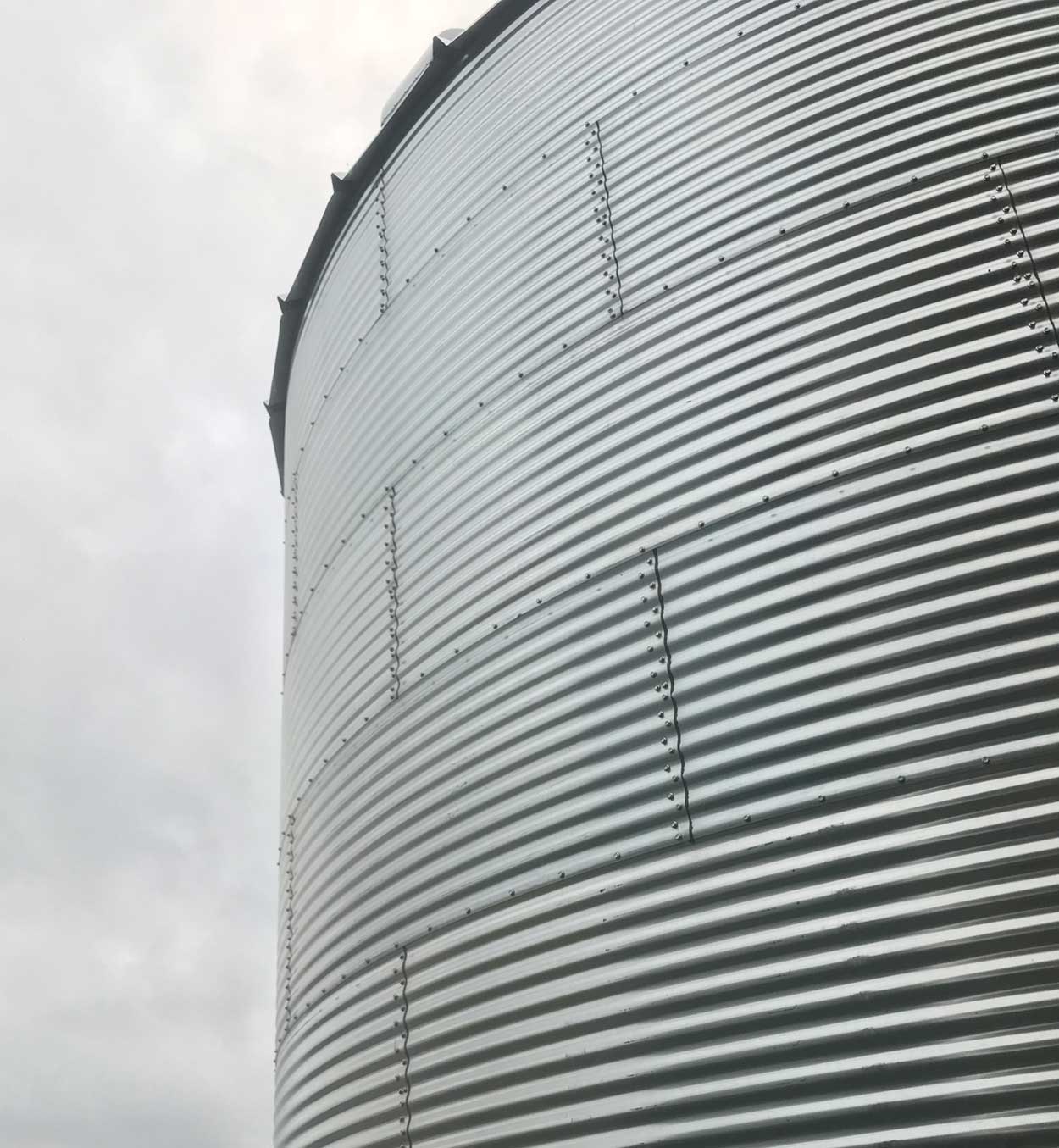
Steps to Prevent Stored Grain Infestations
As wheat harvest is underway it is important to ensure that grain bins are prepared in the best possible manner to prevent insect infestations. There are seven steps that can be taken to help reduce the chances of having infested grain.

Cover Crop Considerations for 2020
Producers across South Dakota are harvesting small grains. These crops provide an excellent window for adding a cover crop into your rotation.

Considerations for Grazing Standing Corn
Grazing standing corn is a viable option to supply nutrients to livestock. However, mitigating risk is critical to ensure healthy animals and optimize crops.

Production and Utilization of Field Peas, Lentils and Chickpeas in South Dakota
Dry field peas and lentils are high in protein and fiber, have a low glycemic index, are easy to prepare, store well, and are low in cost. Even better they can be produced economically and sustainably in South Dakota as part of diverse no-till crop production systems.
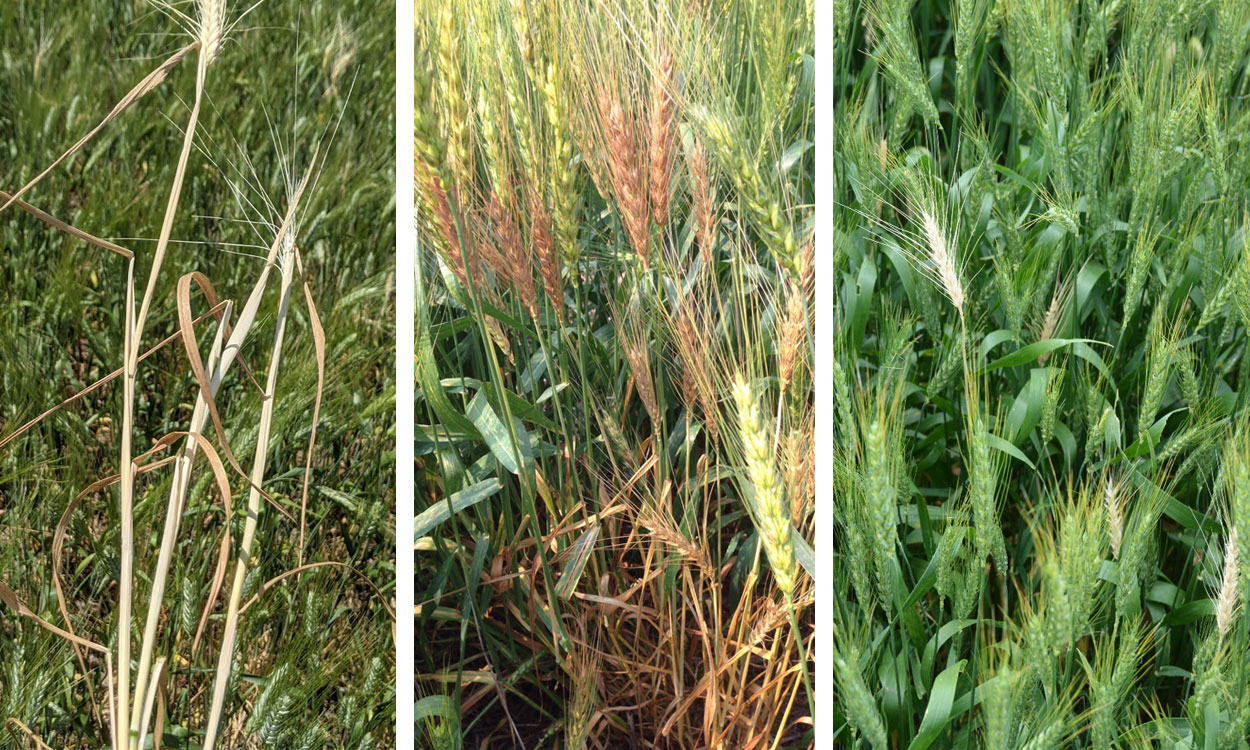
Differentiating Between Wheat Head Diseases and Disorders
Several diseases and disorders can develop in wheat heads. Learn the symptoms of several common disease and insect issues being observed in South Dakota wheat this growing season.
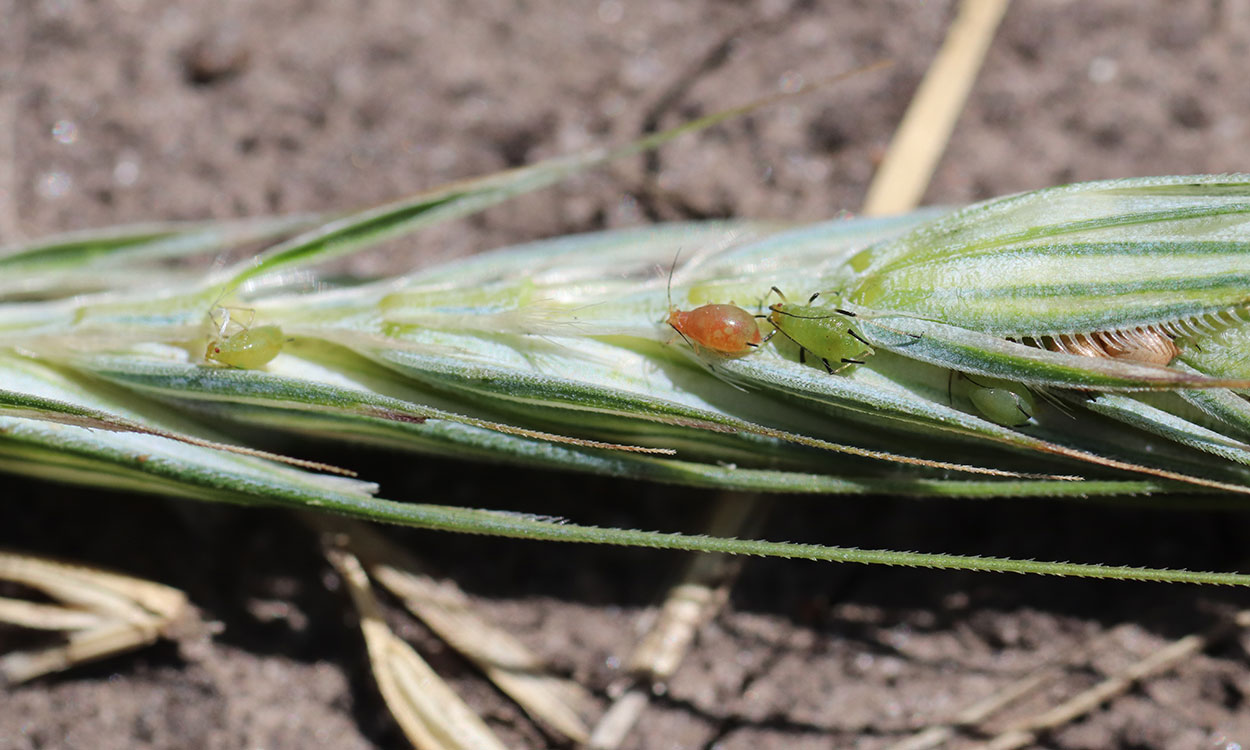
English Grain Aphids Observed in Wheat
Reports of aphid populations in wheat fields have been slowly increasing in the past week. Most of these populations are well below the economic threshold, but there is a potential for them to increase.
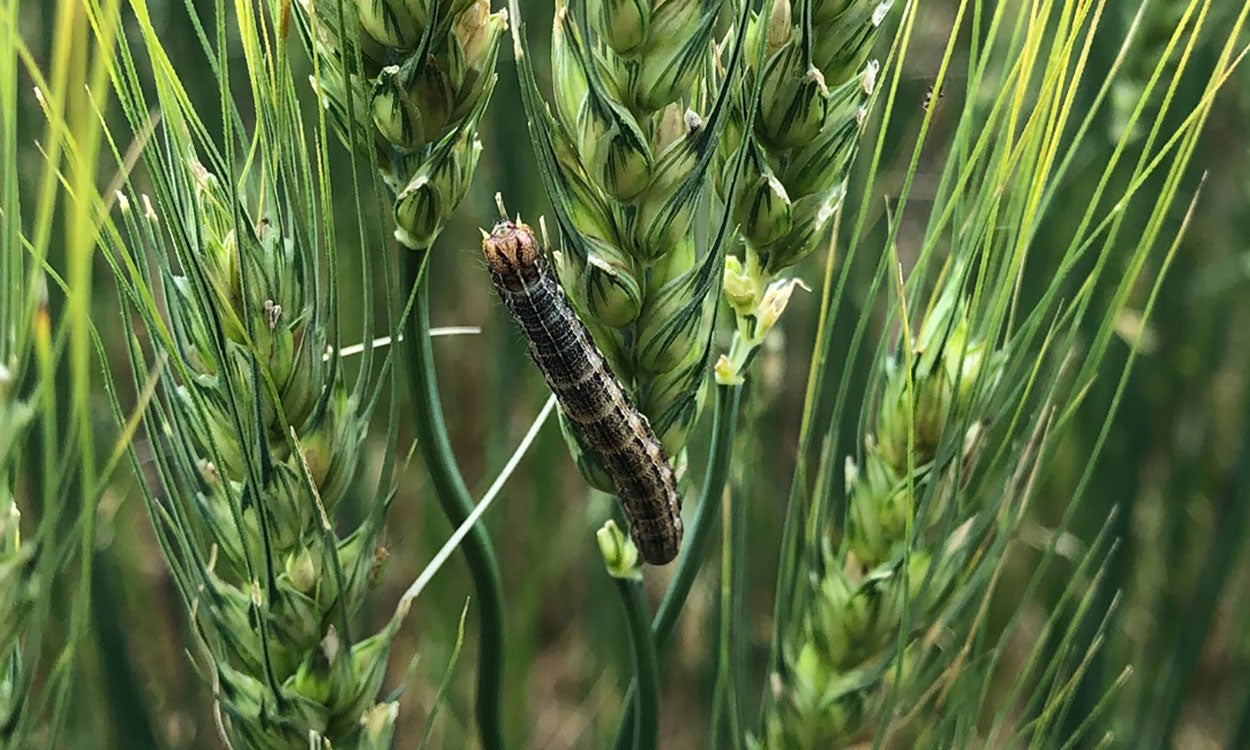
It’s Time To Start Scouting for True Armyworm Caterpillars in Wheat
This week, we collected quite a few true armyworm moths from our traps around eastern South Dakota. That means that true armyworm caterpillars will probably be showing up soon. To play it safe, scouting should start this week to stay ahead of potential issues.
SDSU Extension to Host Small Grain Variety Tours
June 08, 2021
On June 17, South Dakota State University Extension will kick off its annual statewide Small Grain Variety Tours in Ideal.
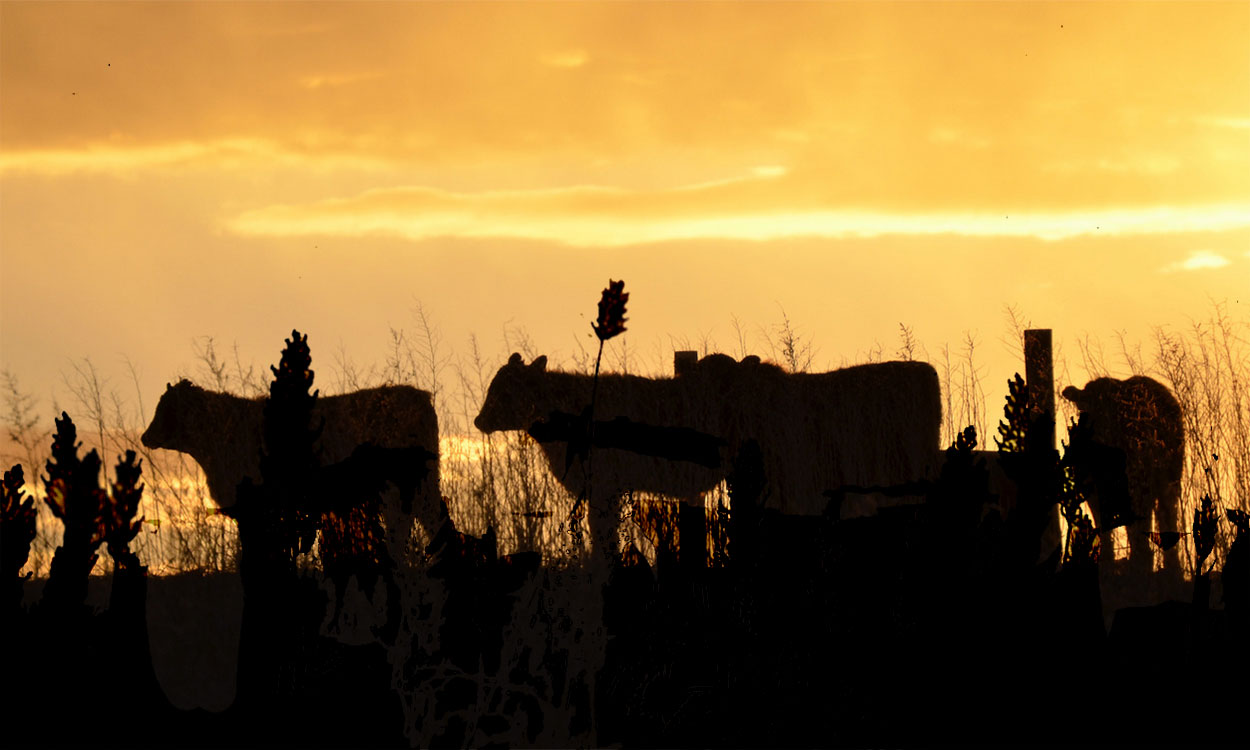
Prussic Acid Precautions
During periods of drought, it is important to aware of the factors that can be a concern during these conditions, specifically nitrates and prussic acid. It is important to take precautions when using feeds that could contain one or both compounds.

Forage Resources for South Dakota Farmers and Ranchers
Producers often have difficulties locating fellow producers to buy, sell or rent forages and grazing acres too. South Dakota now has two widely recognized, free resources to aid in these connections.